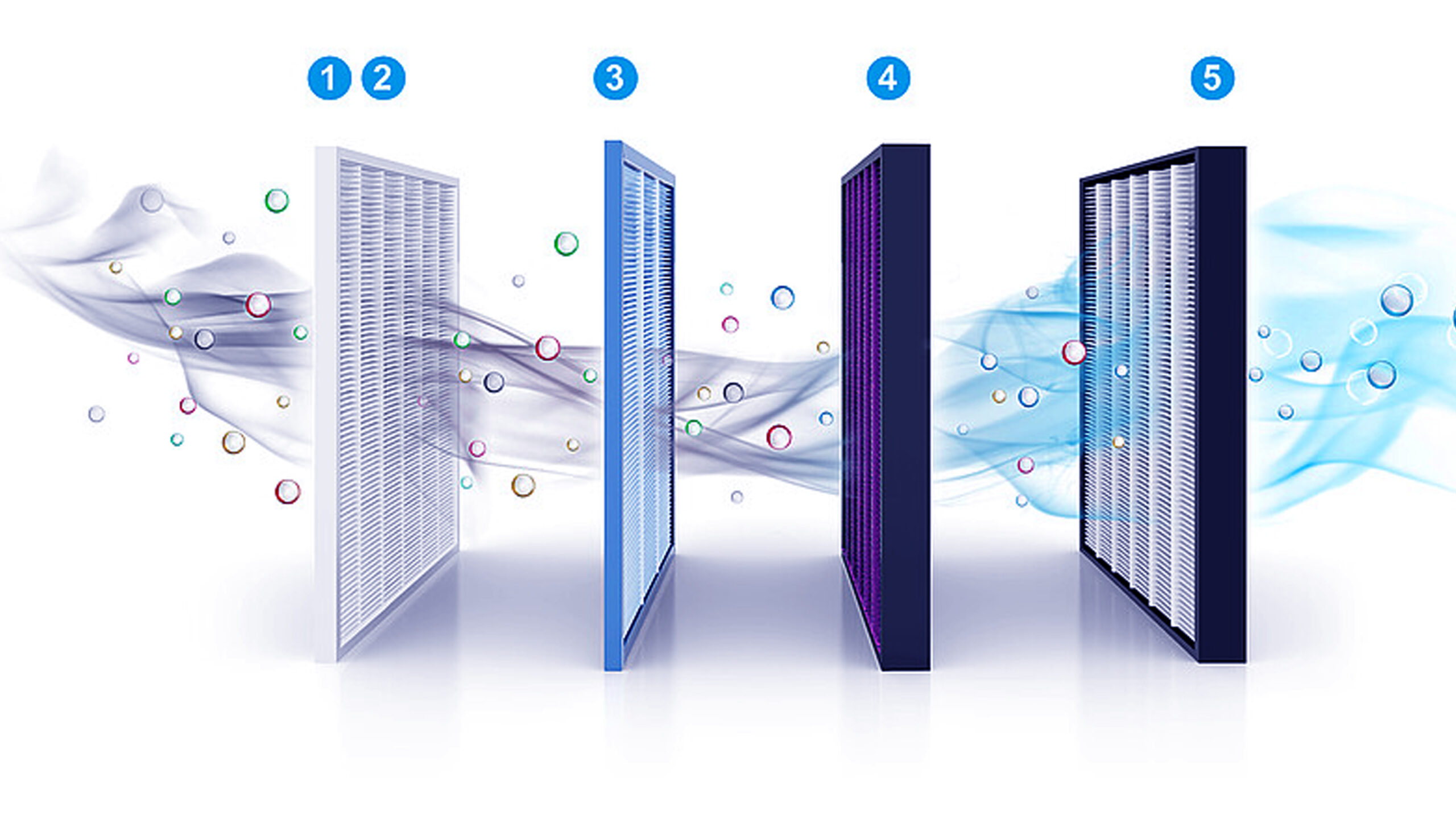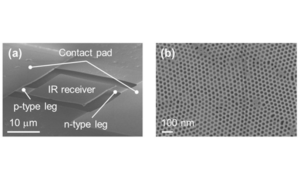Filters and filtration are one of the most important and critical factors when we talk about fresh air or indoor air.
A poison impacts our entire body, as a result our entire appearance turns blue. We are able to realise that because we are able to identify the changes immediately after consumption. But what if the air is contaminated or is the air is poisonous, can we stop breathing? We don’t have choice here. Breathing is not a choice; our very existence depends on breathing.I would like to emphasise on the quality of the air which we breathe, and how conveniently we ignore the air we intake. India has been progressively growing from window to windowless homes, earlier we had buildings with windows for ventilations whereas, today, we have closed buildings which are entirely air-conditioned. So, I think we have come a very long way. Moreover, I think closed buildings with no windows is what needed today. An air-conditioned building or a building with no windows give us an opportunity to control the temperature, humidity, air quality in the building premises and keeps the sun light / humidity to the exterior walls.
We also have airtight buildings that allow organisation to maintain their privacy and control their indoor ambience. What is the trade- offs when we create airtight building?
There is a false belief among the people that the pandemic has tried to help us increase or improve the air quality. It does increase the visible air quality but what about the invisible pollutants in the air? Have they changed or eliminated or reduced? Are we still breathing the same bad air except for few particles only which are visible to us? When we talk about indoor air quality before the pandemic, it was PM 2.5, and a lot of filters and filtration products are available.
The COVID-19 pandemic made people think about the air quality and talk about the virus particles in the air, the micro-organisms particles circulating indoor. So, I like to refer to the draft Indian standards published by ASHRAE. Globally, we have several standards set by WHO, U.S., Japan among other countries, but let us limit to the standard published by history about indoor environment quality which talks about various pollutants present in the air and also defines the maximum limits. When you look into these aspects, you will find that there are a lot of parameters other than PM 2.5 and microorganisms. Collectively, all the ailments arising out of bad air quality bad indoor air quality is known as sick building syndrome (SBS). But again, nobody is bothered about it. And because it is not visible immediately, we conveniently forget the impacts of the same to our health.
“We must understand that air pollutants contain microorganisms, but it also contains various gases suspended particles which creates a permanent damage. It’s like a broken heart which can never be mended. Regarding indoor air quality, risk mitigation and improvement, I like to touch upon two parts one from the design point of view and second from the operations point of view where air conditioning is one of the tools which can be used to increase the air quality. But this also start from the design stage”, says Dipu Manuel, Product Global Head, VRF – Living Environment Division, Mitsubishi Electric. The volatile organic compounds, many of them are carcinogens that comefrom carpets, paint workers, workstations are the materials used for interior designs suffered, pride from selecting the material. Designing the air conditioning system ventilation systems, air filtration and the trade-offs between the running cost and the health of the people involved. It’s a tough call but it has to be taken in favour of our health. When it comes to operations even at the design stage, a mechanical ventilation is provided to reduce the running cost the fresh air is closed. That’s the practicalities in most of the cases either the filters are not checked or they are forgotten conveniently.
Filters and filtration are one of the most important and critical factors when we talk about fresh air or indoor air. We must talk on – can we trust the fresh air, as in most instances, especially seasoned, we find outdoor air is clearer and fresher from our indoor air. In such cases, do we still need to take fresh air; do we still need to intake fresh air to maintain indoor air quality?
Unless we get into detailing the general answer will always be no. Let us ignore the fresh air and keep our indoor air quality better and safe. So, what happens if you don’t take a fresh air? The normal filtration with the recirculated air removes the suspended particles and few other contaminants like microorganisms. It will give you a fantastic eye-catching display of your indoor air. Earlier, you are inlet air was a yankee, but now after applying appropriate air filters the air contaminants are reduced and your air quality is getting better.But what about carbon dioxide? It’s about the reduction in off-season because when we breathe, we need oxygen and this redefines the oxygen percent in closed environments. So, what is the solution for a good indoor air quality as the air indoor and outdoor is equally bad and contaminated in most of Indian cities. We need to treat and retreat our fresh air and the air recirculated so as to eliminate various contaminants and pollutants present in the air.
Fresh air is vital requirement and we must bring in oxygen trade-off between fresh air and recirculated air.We need to bring in fresh air to bring in oxygen into the closed environments where human beings are working. This is just to give an idea about various filters which we get in HVAC products or in our standalone filters. All these filters can filter out suspended particles to various degrees but what about other pollutants, particles present in the air, which is also impacting the health of occupants? Here, I want to briefly touch on some of the products which is available for indoor air qualities. We can have a mechanised ventilation where the stale air is removed fresh air is intake with the heat energy, heat recovery or energy recovery systems. These systems can be non-contact type, so that the contaminated IO doesn’t pass on any contamination to the air which is coming in from the outside. As an add on to these non-contaminant paper-based energy recovery systems, these can filter out the noise also; because whenever we have an opening, it allows the entry of external noise from most of the commercial buildings in business districts or in commercial areas where air sound pollution is very high. It’s an add on benefits into that and most of these filters we can choose the filters based on the fresh air quality outside various filters with various capacities. Various life cycles are available, choose that and keep on replacing it whenever it is there. indoor air quality is like a slow poison.There is no escape from breathing. Even if you’re aware that it is unhealthy we have to preach. So, let us create a good air quality indoor so that everybody’s health is taken care of from the slow poison which people tend to ignore and forget easily. Either we pay with our health or let us pay with our money.
Cookie Consent
We use cookies to personalize your experience. By continuing to visit this website you agree to our Terms & Conditions, Privacy Policy and Cookie Policy.















